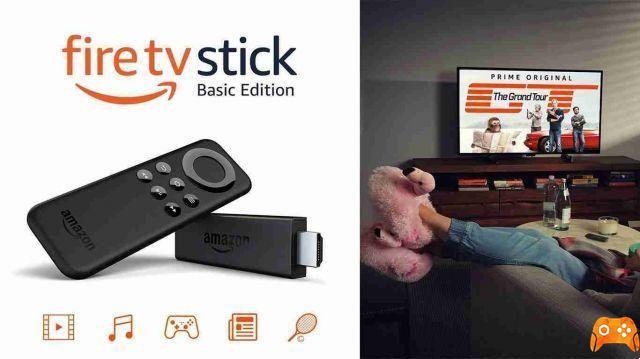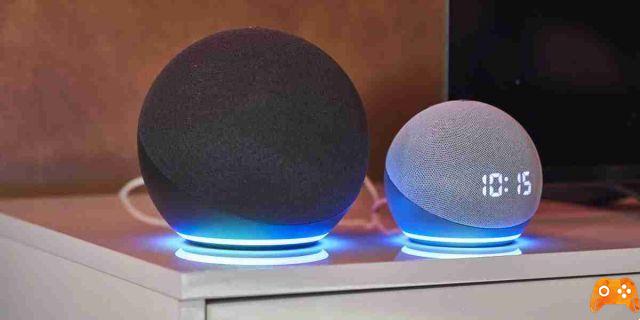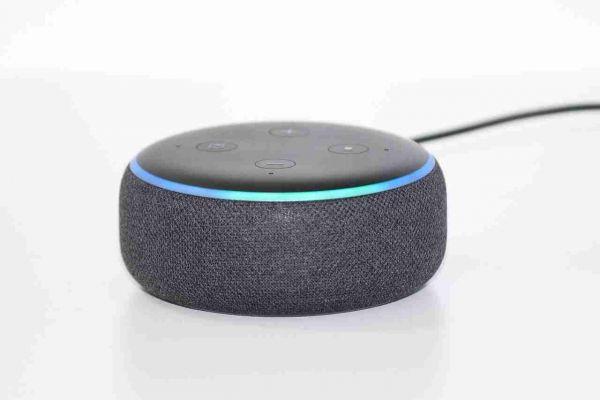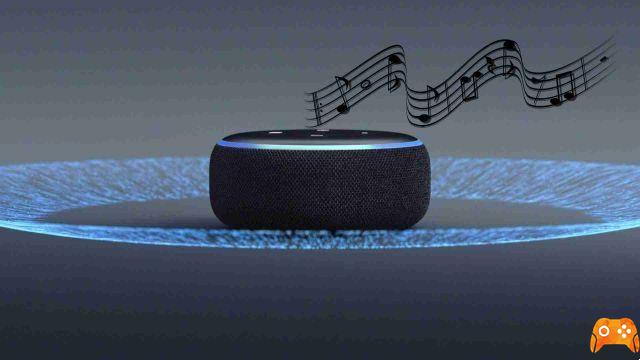
Is your Amazon Fire TV Stick running slowly? Here are some tips that really work to speed up your device.
Amazon Fire TV Sticks have taken the world by storm. But they are far from perfect. The hardware itself often feels sluggish, you may have to wait an extra couple of seconds for an app to open or a menu will momentarily freeze when scrolling.
If your Fire Stick is slow, what is causing the problem? Why is your Fire Stick running so slowly? And how can you fix Fire Stick issues to speed up your device? Read on to find out how to speed up your Amazon Fire TV Stick.
Why Amazon Fire TV Sticks Are Slow
Typically, one of two things causes a slow Fire Stick:
- An overheated device.
- An excessively swollen device.
Unfortunately, Amazon Fire TV Sticks often suffer from overheating. It is a known problem that many people complain about. The problem has improved since the release of the 4K model, but it is still not fully resolved.
When the Fire Stick overheats, the most vulnerable part of the hardware is the Wi-Fi component. Therefore, if your device frequently loses connectivity, overheating is probably the cause.
Even if your Wi-Fi stays connected, overheating can cause your device to restart. First, you will see a warning indicator on the screen. If this does not fix the problem, a reboot will occur.
How to make a Fire Stick faster: Settings
With that in mind, let's take a look at some settings you can turn off that will help reduce the load on your device's CPU, thereby reducing its temperature and allowing you to make your Fire Stick run faster.
Automatic playback of videos and sounds
By default, the Amazon Fire Stick will use the Featured section on the Home screen to play videos that its algorithms think will interest you. The videos are played in a continuous loop.
Disabling this feature will significantly reduce the CPU load. You can do this by going up Settings> Preferences> Featured Content and disabling both Allow options automatic video playback e Allow audio autoplay .
Notifications
There are a few types of notifications on the Fire TV Stick. The Amazon Appstore will generate notifications about app updates and other services, while the apps you have installed can also create notifications. These typically inform you about the latest news or content as it becomes available. The unnecessary power hit due to notification spam could slow down your Fire Stick.
To turn off Appstore notifications, go to Settings> Applications> App Store> Notifications . To disable notifications from other apps on a case-by-case basis, go to Settings> Preferences> Notification Settings> App Notifications .
Automatic updates
Automatic updates serve an important purpose. They make sure you always have the latest features and security fixes.
However, if enabled, updates can occur at any time in the background. If you turn off automatic updates, you can take control of the process. Spend some time when you are not watching anything and go through the update process manually.
To disable the feature, go to Settings> Applications> App Store> Automatic Updates .
You should always make sure you are running the latest version of the app. If you disable automatic updates, don't forget to check them manually.
Disable unused services
The Fire Stick has some of Amazon's other services built in. Depending on your device and operating system, they might include Prime Photos and Whispersync.
Prime Photos offers unlimited storage for photos from Prime members; Whispersync syncs your progress, high scores, and other game data across all of your Amazon devices.
If you don't use any of the services, you should turn them off. To disable Prime Photos, go to Settings> Applications> Prime Photos and disable both Allow guest connections and Log in to Prime Photos .
To disable Whispersync, you need to go to Settings> Applications> GameCircle> Whispersync for Games .
Data collection
Unsurprisingly, your Amazon Fire TV Stick is set to collect a significant amount of data about you when you use the device.
If you disable all these settings, you will not only improve your security but also help your device run faster; all harvesting techniques represent power-hungry background processes.
You will find the settings needed to disable splitting in both menus Privacy e Data monitoring.
First, go on Settings> Preferences> Privacy Settings . There are three settings you need to turn off. Are the device usage data , collection of data on the use of apps e interest-based ads .
So, go on Settings> Preferences> Data Tracking and turn off the single setting.
How to Make a Fire Stick Faster: Storage
It seems like an obvious point, but you should get rid of any apps you don't use frequently. Deleting apps obviously regains the space the app was taking up, but it also kills any background processes the app was running, once again helping the CPU stay cooler.
You can also use one of the many Android cleaning apps to delete old and unused files on your device.
Normally, you have to be careful when using such apps; they can do more harm than good. However, since the Fire Stick doesn't offer a native file explorer app to manually go through the process, they provide the best alternative. You can safely delete old APK files, leftover files from old apps, log files, and advertising content.
How to make it faster: hardware
Finally, there are two hardware hacks you can try. The latter of the two requires some DIY, so please note that MakeUseOf takes no responsibility if something goes wrong!
Change the USB socket
If you turn on your Fire TV Stick from the network, it gets 24/24 electricity and is therefore already hot when you start using it. It's similar to how the phone feels warm to the touch after charging it overnight.
Therefore, if your TV has a free USB port, you should use it to power the Fire Stick. This way, the device will only get power when the TV is turned on.
Drill holes in the plastic case
Another common trick is to physically drill holes in the plastic case of the Amazon Fire Stick. It will allow more air to circulate around the internal hardware, thus helping to keep it cooler.
The clips on the plastic wrap are reasonably easy to open with a flat head screwdriver or long fingernail.
After removing the casing, you can use a small drill to make several holes. Be gentle when drilling.
Deprecated: Automatic conversion of false to array is deprecated in /home/epictrick.com/htdocs/php/post.php on line 612






